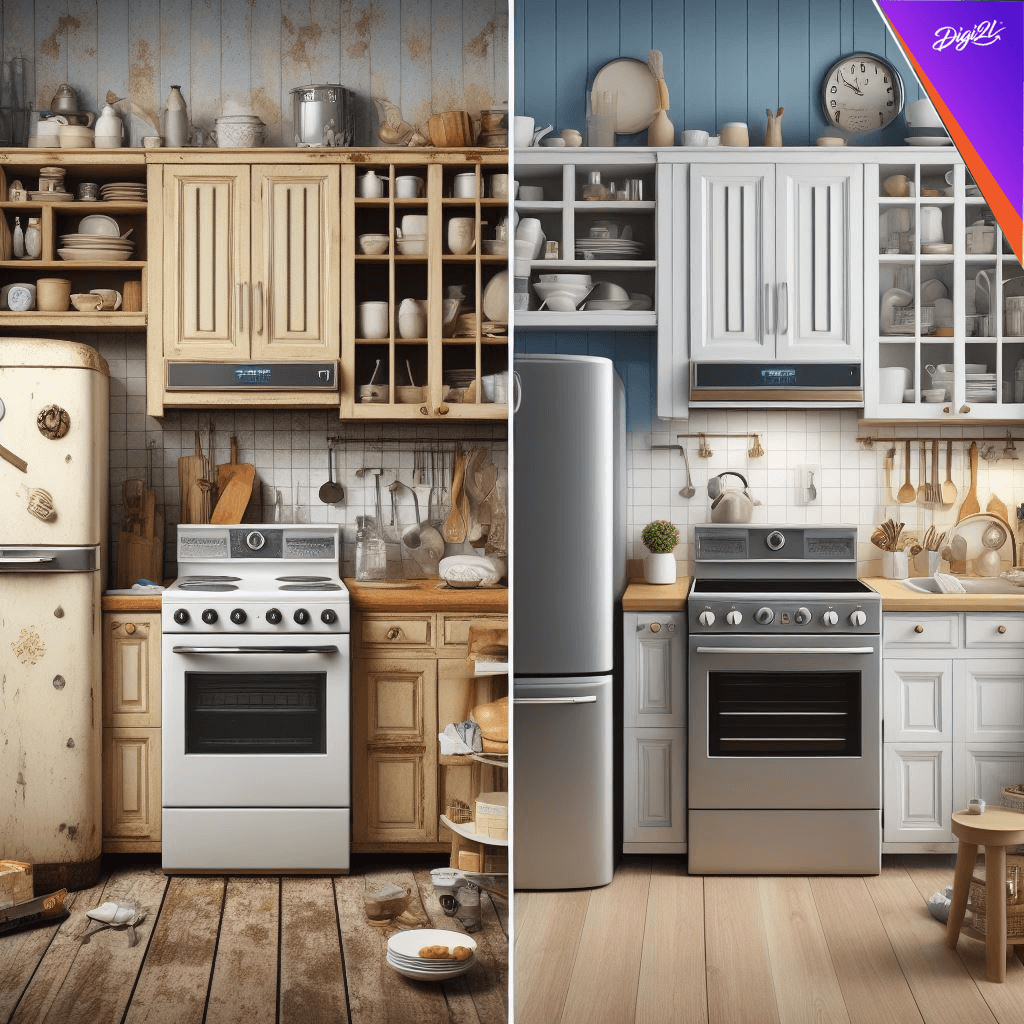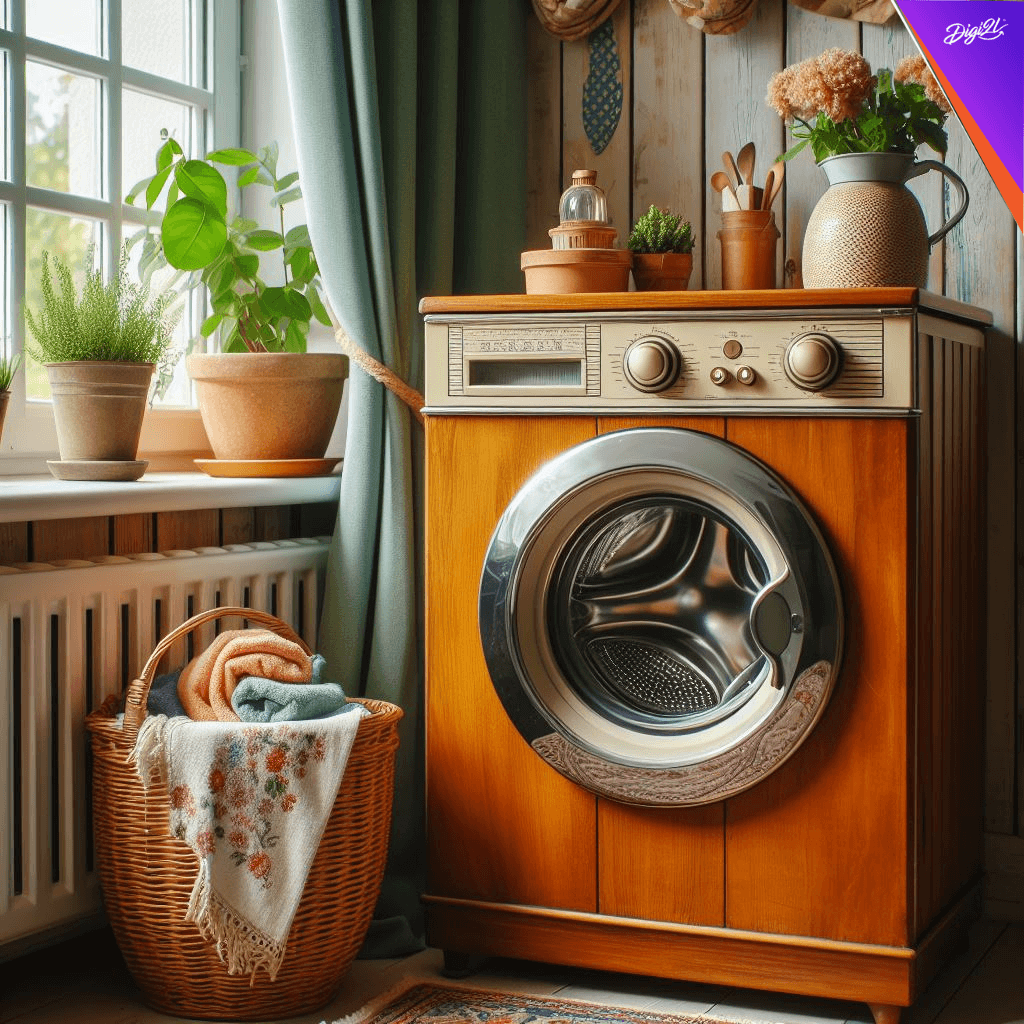
Please Wait ...

Please Wait ...
Enquiry






Curently We are Not Serviceable In this Pincode
91 Springboard, Business Hub, Godrej & Boyce, Gate No. 2, LBS Marg, Vikhroli West, Mumbai, 400079
91 Springboard, Business Hub, Godrej & Boyce, Gate No. 2, LBS Marg, Vikhroli West, Mumbai, 400079
91 Springboard, Business Hub, Godrej & Boyce, Gate No. 2, LBS Marg, Vikhroli West, Mumbai, 400079
91 Springboard, Business Hub, Godrej & Boyce, Gate No. 2, LBS Marg, Vikhroli West, Mumbai, 400079
91 Springboard, Business Hub, Godrej & Boyce, Gate No. 2, LBS Marg, Vikhroli West, Mumbai, 400079
91 Springboard, Business Hub, Godrej & Boyce, Gate No. 2, LBS Marg, Vikhroli West, Mumbai, 400079
91 Springboard, Business Hub, Godrej & Boyce, Gate No. 2, LBS Marg, Vikhroli West, Mumbai, 400079
91 Springboard, Business Hub, Godrej & Boyce, Gate No. 2, LBS Marg, Vikhroli West, Mumbai, 400079
91 Springboard, Business Hub, Godrej & Boyce, Gate No. 2, LBS Marg, Vikhroli West, Mumbai, 400079
Min
Max
₹5,000
₹45,000
Suggested Price







Blogs> Refurbishing vs. Replacing: Making the Sustainable Choice for Your Appliances

In today’s era of heightened environmental consciousness, the choice between refurbishing and replacing household appliances carries significant implications for sustainability. Refurbishing appliances involves repairing, restoring, and upgrading existing devices to extend their lifespan and functionality. This approach not only saves money but also reduces waste and conserves resources. Refurbishing keeps appliances out of landfills, minimizing electronic waste and its associated environmental impacts. By giving appliances a second life, we mitigate the need for new manufacturing, thus reducing resource consumption and pollution. Additionally, refurbishing often involves upgrading components to improve energy efficiency, further contributing to energy conservation and emissions reduction.
However, there are instances where replacing an appliance may be more practical or necessary. If an appliance is severely damaged or outdated beyond repair, replacement may be the only option. Similarly, advancements in technology and energy efficiency may make newer models more attractive, especially if they offer significant long-term savings. Making an informed decision between refurbishing and replacing requires careful consideration of various factors. Assessing the condition of the appliance and consulting with professionals can help determine the feasibility and cost-effectiveness of refurbishment. Comparing the energy efficiency of existing and potential replacements allows for an evaluation of long-term savings and environmental benefits. Calculating the total lifecycle costs, including initial purchase, operating expenses, and maintenance requirements, provides a comprehensive economic perspective.
Additionally, exploring recycling options for old appliances ensures proper disposal and resource recovery, minimizing environmental harm. While both refurbishing and replacing appliances have their merits, sustainability should be a guiding principle. Refurbishing offers environmental benefits such as waste reduction, resource conservation, and energy efficiency improvements. By extending the lifespan of appliances through refurbishment, individuals can contribute to a more sustainable future while also saving money in the process. Therefore, the next time you encounter a malfunctioning appliance, consider the eco-friendly option of refurbishing—it’s a choice that benefits both your wallet and the planet.
In today’s world, where sustainability is becoming increasingly important, every decision we make carries weight in its environmental impact. When it comes to household appliances, the choice between refurbishing and replacing is one that directly affects not only our wallets but also the planet. In this blog, we’ll delve into the considerations surrounding this choice, exploring why refurbishing often emerges as the more sustainable option.
The Environmental Impact of Appliances : Before we dive into the refurbish-or-replace dilemma, it’s crucial to understand the environmental footprint of appliances. The production, distribution, and disposal of appliances contribute significantly to carbon emissions, resource depletion, and waste generation. According to the International Energy Agency (IEA), the household sector accounts for a substantial portion of global energy consumption and greenhouse gas emissions, with appliances being a significant contributor. When we dispose of appliances, they often end up in landfills, where they release harmful chemicals and greenhouse gases as they decompose. Furthermore, the manufacturing process for new appliances requires raw materials and energy, further depleting finite resources and contributing to pollution.
Refurbishing : Extending the lifespan
Refurbishing appliances involves repairing, restoring, and upgrading existing devices to extend their lifespan and functionality. It’s a process that not only saves money but also reduces waste and conserves resources. Here’s why refurbishing is a sustainable choice:
The Case of Replacement
While refurbishing offers many environmental benefits, there are instances where replacing an appliance may be more practical or necessary. Here are some scenarios to consider:
Making an informed decision
When faced with the refurbish-or-replace dilemma, it’s essential to weigh the environmental, economic, and practical factors involved. Here are some tips for making an informed decision:
In the refurbish-or-replace debate, sustainability should be a guiding principle. While replacing appliances may seem like the easier or more appealing option at times, refurbishing offers numerous environmental benefits and can be a cost-effective alternative. By extending the lifespan of appliances through refurbishment, we reduce waste, conserve resources, and minimize our carbon footprint. So, the next time you’re faced with a malfunctioning appliance, consider giving it a second chance through refurbishment—it’s not only good for your wallet but also for the planet.
For buying refurbished air conditioners, washing machines, refrigerators, LED ans Smart tvs online, visit our website, Digi2lstore.com

By Digi2L - April 27, 2024

By Digi2L - April 26, 2024

By Digi2L - April 25, 2024